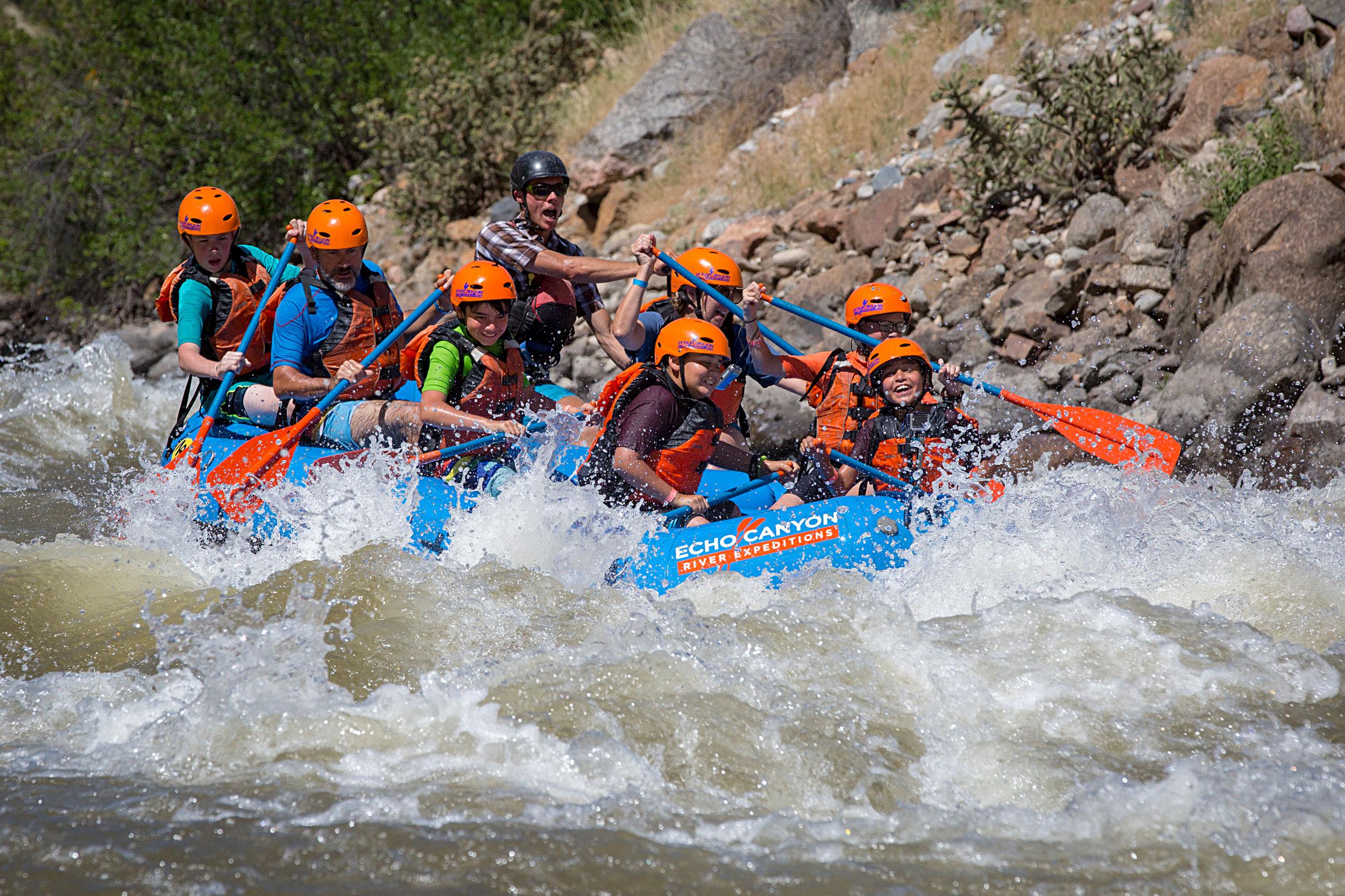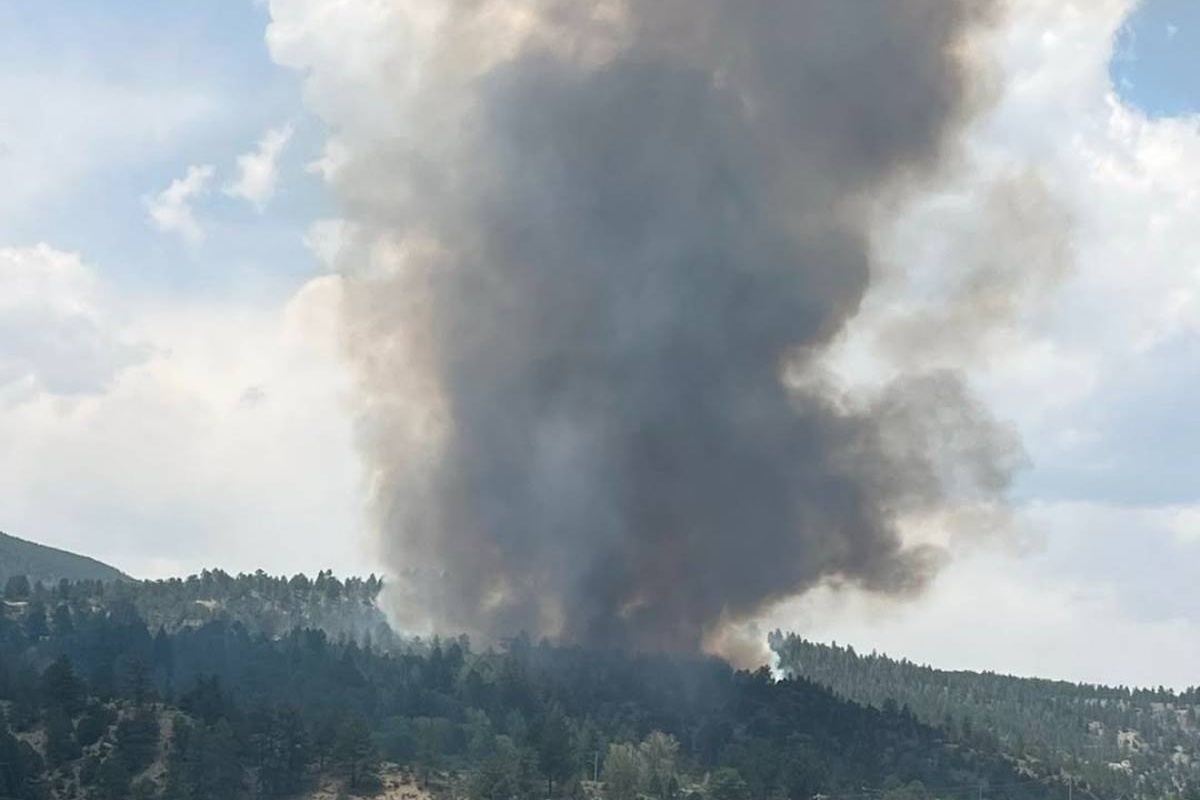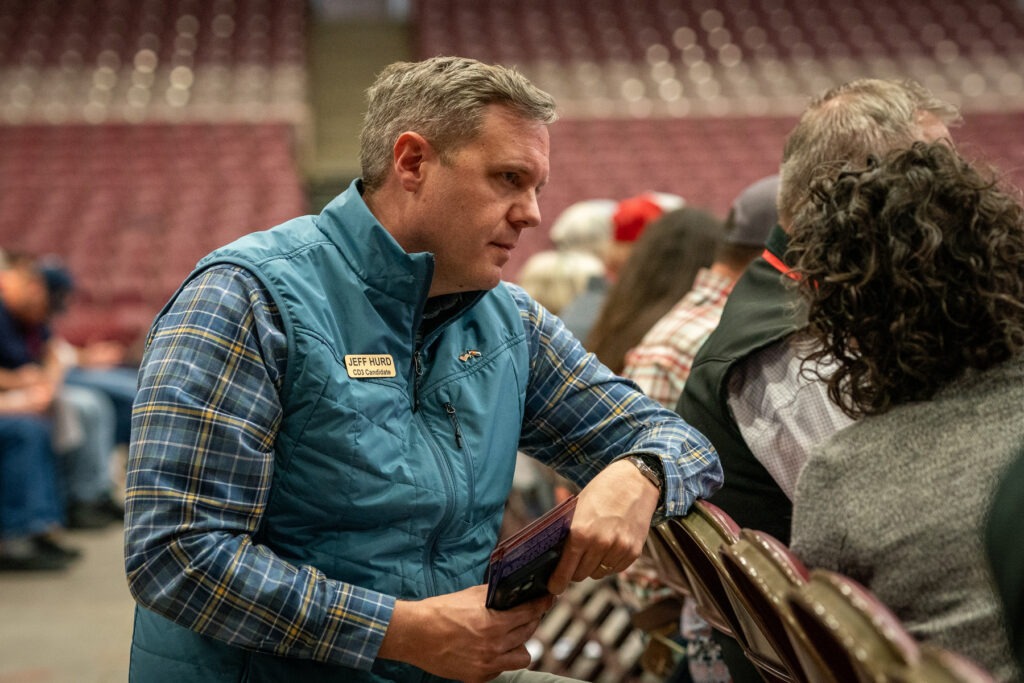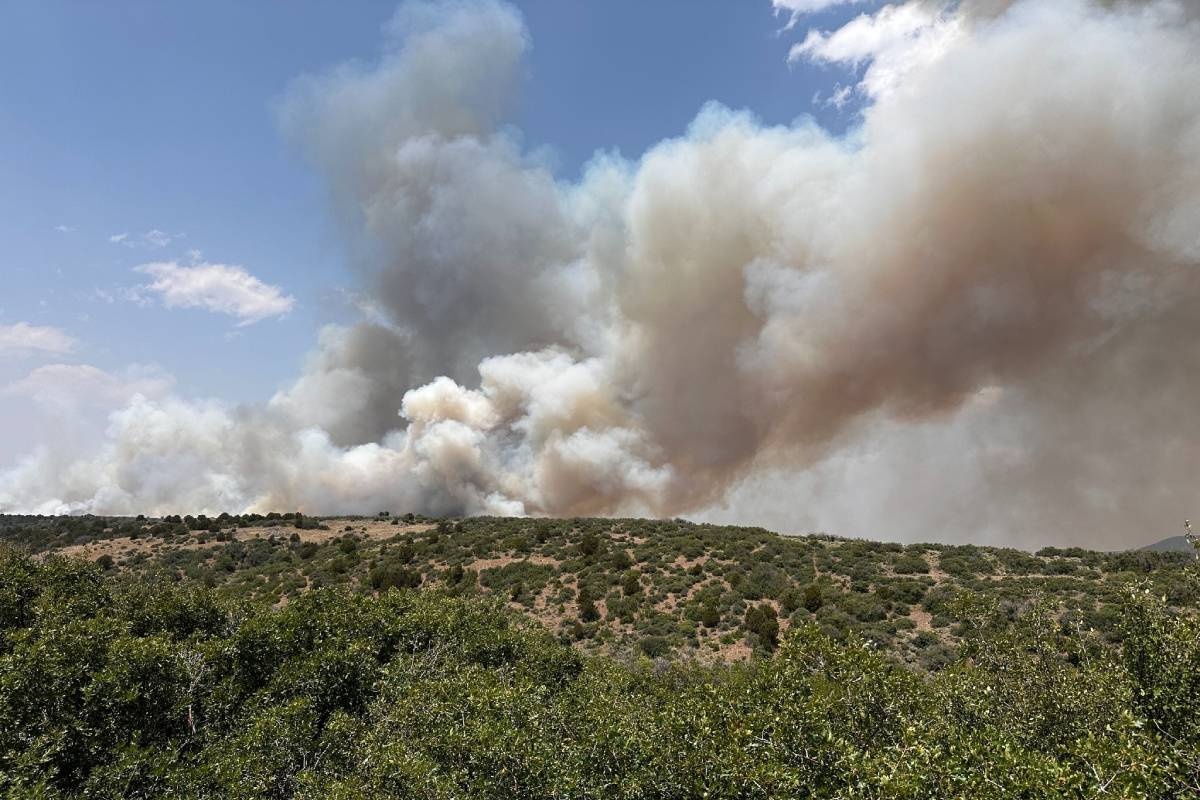
The rafting season on the Arkansas River is coming to a close as water levels decline and temperatures start to cool.
Data isn’t in yet for 2022, but last year rafting on the Arkansas saw the largest turnout since at least 2007. That's the last year data is available online through Colorado Parks and Wildlife. Over 50,000 rafts were rented across outfitters, and gross receipts for rafting companies totaled over $22 million. That was up nearly $8 million compared to 2020.
Tom Waters, the park manager for the Arkansas Headwaters Recreation Area in Salida, said he has heard anecdotally that numbers for the 2022 season are lower than they were last year, but still high.
“They were down as far as the number of trips that they ran compared to 2021, but 2021 was an exceptional year," he said. "So I don’t think there was a lot of surprise that numbers are down a little bit from that.”
Andy Neinas owns Echo Canyon, a rafting company outside Cañon City.
“The 2021 summer season may very well prove to be the high water mark for our industry,” he said. “I have been doing this for 36 years. I’ve seen good years, I’ve seen bad years, I’ve seen average years. Last year was insane.”
He added that for his company, this season wasn’t quite as busy as last year, but it still was successful.
River levels sustained through summer
River levels suitable for rafting are maintained throughout the summer by a voluntary flow program that strategically releases water into the Arkansas from Twin Lakes Reservoir, north of Buena Vista. The program comes from partners Colorado Parks and Wildlife, the Arkansas Headwaters Recreation Area, Southeastern Colorado Water Conservancy District and others.
The flow program is year-long, but during the summer it focuses specifically on supporting the rafting industry. This portion of the program ended August 15.
“The majority of the busy times for rafting are in the middle of the summer. So it’s July 1 to August 15,” Waters said. “We see that after August 15 when the flows begin to go down below that 700 level that the commercial rafting also slows down.”
Even though the rafting season is winding down, Waters said that the flow of the river will now be managed to support fisheries. This means keeping flows low and steady to help insect hatching and fish spawning.









